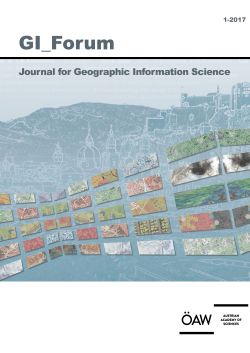
GI_Forum 2017, Volume 5, Issue 1, pp. 27-35, 2017/06/30
Journal for Geographic Information Science

Multi-criteria decision analysis (MCDA) methods are used for criteria ranking/weighting in GIS environments, and. the analytical hierarchy process (AHP) is the most popular method for GIS-based MCDA. In this paper, a novel method is presented for optimizing pairwise comparison decision-making matrices in the AHP. The method is based on interval pairwise comparison matrices (IPCM). In order to assess the capability of the new approach, it was tested for landslide susceptibility mapping (LSM). To measure the improved accuracy achieved by the method, both AHP and IPCM were used for ranking nine causal criteria relating to landslide phenomena in Marand County, northwest Iran. The criteria weightings results were then used for LSM based on each of the methods. In order to validate the results, the outcomes of both methods were compared qualitatively against an existing landslide inventory dataset. The results of the evaluation indicated an improvement in accuracy of 3% in the LSM that was developed using the IPCM method. Our results will be important for researchers involved in GIS-based spatial decision-making problems, and for developing GIS-MCDA
Keywords: interval pairwise comparison matrices, multi-criteria decision analysis, optimizing